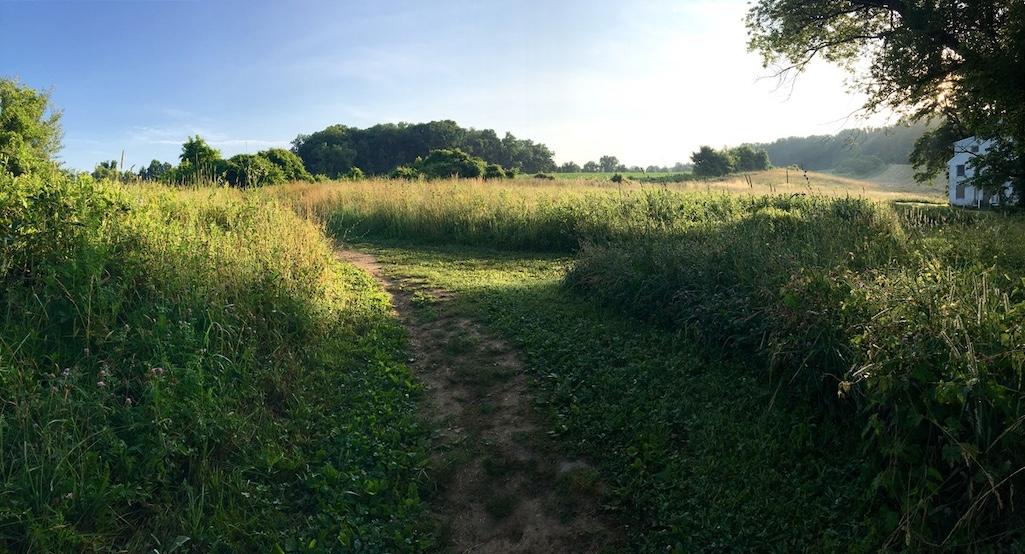
The National Park Service is proposing to develop a shared-use trail system in the Brandywine Valley at First State National Historical Site/NPS file
National Park Service staff, citing a haphazard trail network at First State National Historical Park in Delaware, are proposing to "establish a cohesive and sustainable trail network" there and are seeking public comment on the proposal.
The proposed trail system would wind through the 1,359-acre Brandywine Valley that touches both Delaware and Pennsylvania. It is needed because the Park Service "inherited an existing trail network from the previous landowner and visitors have added multiple trails over the years without management approval or official consideration of impacts on public safety or natural and cultural resources. As a result, portions of the trail network suffer from increased erosion and tread wear, have poor connectivity, and do not offer a high-quality user experience," the agency said in an environmental assessment studying the proposal.
"The highest northeastern ridges are about 400 feet above sea level and its lowest point, where Brandywine Creek flows south toward Wilmington, Delaware, is roughly 150 feet above sea level," reads a section of the trail plan's environmental assessment. "Land cover is primarily agricultural fields, pastures, and forested hills."
The EA offers just two options: One, don't change the existing trail system, and two, create a shared-use trail system.
Under the Park Service's preferred alternative, a 23-mile-long shared-use trail system would be developed, incorporating 14.7 miles of existing trails with 8.3 miles of new trails. Another 4.3 miles of administrative roads would be open to public recreational use.
The trails would be open to horseback riders, hikers, and cyclists, including those who use e-bikes with motors no larger than 1 horsepower.
While the EA notes that some people view e-bikes as unsafe due to "their higher speed," the Park Service cited a 2019 study from Boulder, Colorado, that found "e-bike riders generally travel at similar speeds as traditional bicycles on roadways, off-street paths, and natural surface trails. Allowing e-bikes on the trail network would make the trails more accessible to visitors who may not be able to use traditional bicycles."
A July 2023 New York Times article explored the growing popularity of e-bikes, how e-bikes that supposedly can't go faster than 20 mph can go much faster (some can go up to 70 mph, wrote Matt Richtel) once a wire is snipped, and how lax regulations are when it comes to safety and training.
Electric bikes in the parks have been a controversial issue almost from the time they arrived on the scene back in 2019. Many folks who have disabilities say the bikes allow them to gain more enjoyment while visiting parks. Others worry about the speeds that can be reached, how quiet the bikes are (and so can surprise others on shared trails), and the potential for crashes.
Public comment on the proposal is being taken through August 1. Details can be found on this page, and comments can be left there, too.

 Support Essential Coverage of Essential Places
Support Essential Coverage of Essential Places






